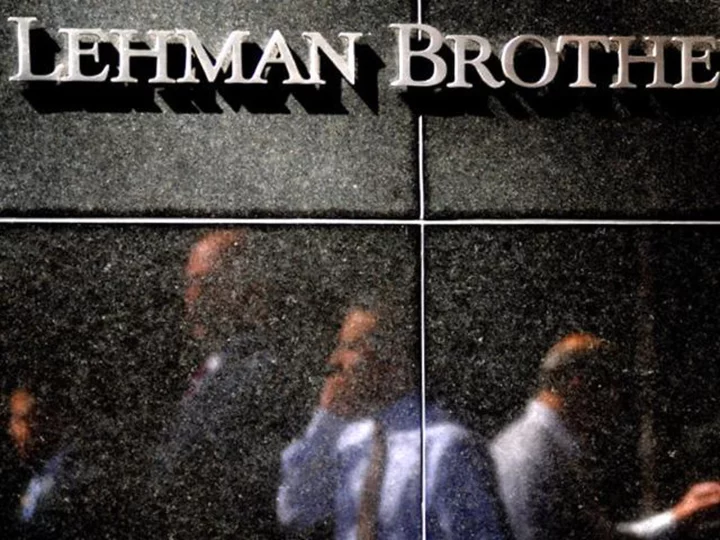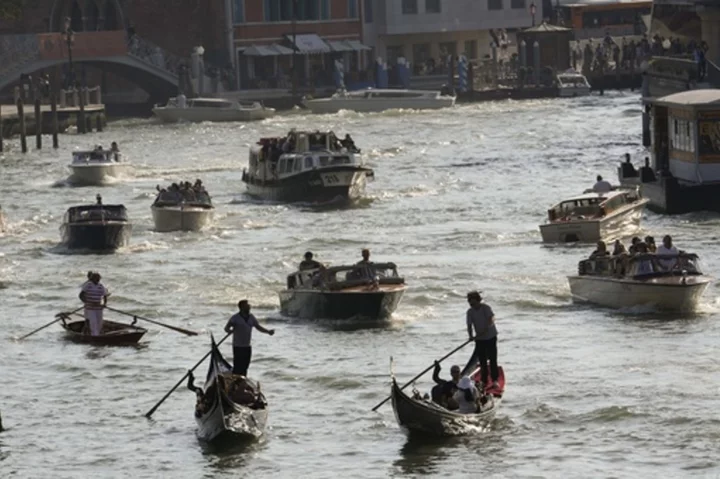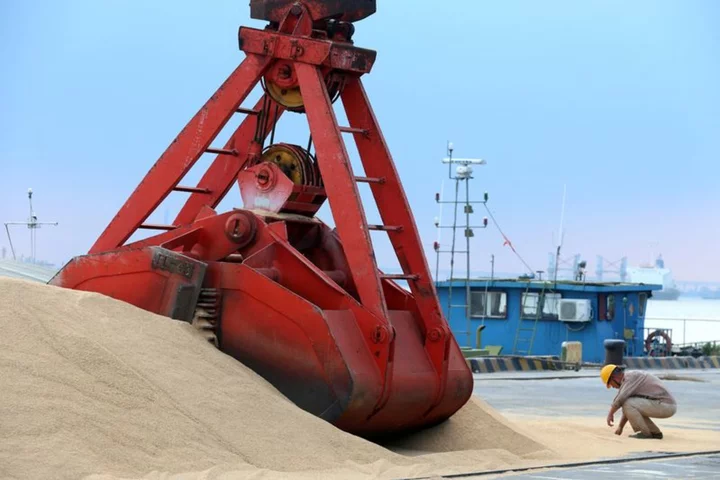If the current banking crisis looks like '08, sounds like '08 and feels like '08, is it '08 all over again? Using abductive reasoning, the answer is yes.
But similarities between the two crises are deceiving, experts say. The current banking crisis is a separate, much smaller beast than in 2008.
Bank failures then versus now
In 2008, 25 banks failed, according to the Federal Deposit Insurance Corporation's database. Included in that count is Washington Mutual, the largest bank failure in US history. Over the three years that followed, nearly 400 banks failed.
Three banks, Silicon Valley Bank, Signature Bank and First Republic Bank, have failed so far this year. But investors are fearful that there are more dominoes to fall.
One of those dominoes could be PacWest Bancorp. Shares of the bank were down as much as 30% on Thursday after it reported customers recently withdrew 9.5% of its total deposits.
Prior to 2008, there were no bank failures in 2005 or 2006 and just three in 2007. Similarly, two years before SVB collapsed in March there weren't any bank failures.
In both cases, that's not something worthy of celebrating, said Aaron Klein, former deputy assistant secretary at the Treasury Department. "When no banks are failing, we should be concerned."
Leading up to both crises, "financial regulators were asleep at the switch — they went easy on banks and failed to require them to protect themselves," he said.
But the causes of both crises are where the similarities start to end.
Why banks failed in '08
Banks failed in 2008 because they lent money to virtually anyone who wanted a loan, without sufficiently questioning whether they were going to pay it back on time. To complicate matters even further, banks marketed their faulty loans as safe investments and sold them off to investment banks and other kinds of financial institutions in complex packages.
When the housing bubble burst, the whole global financial system become infected by the faulty loans.
"The interconnectivity brought even the biggest banks to their knees," University of Chicago Harris School of Public Policy professor Dave Schabes told CNN.
The latest banks to fail aren't as intertwined with the overarching global financial system compared to the '08 bank failures, he said. That is why "there's no reason to think that the largest banks are facing any types of serious issues."
Why banks failed recently
The three banks that failed recently didn't properly manage interest rate risk. They all invested in long-term Treasuries, which tends to be a safe move. But as the Fed hiked interest rates, the value of these investments fell. When the banks experienced bank runs, they were forced to sell the investments at a loss, leaving them without adequate cash to back depositors' funds.
Their poor investment choices, unlike '08, aren't bringing down the entire banking system in part because there aren't as many secondary markets tied up, said Schabes.
The banks that failed recently did not even have issues with their underlying loans — which is a huge difference from '08 and part of the reason Klein, a senior fellow at the Brookings Institution, believes the current banking crisis will be short-lived.









